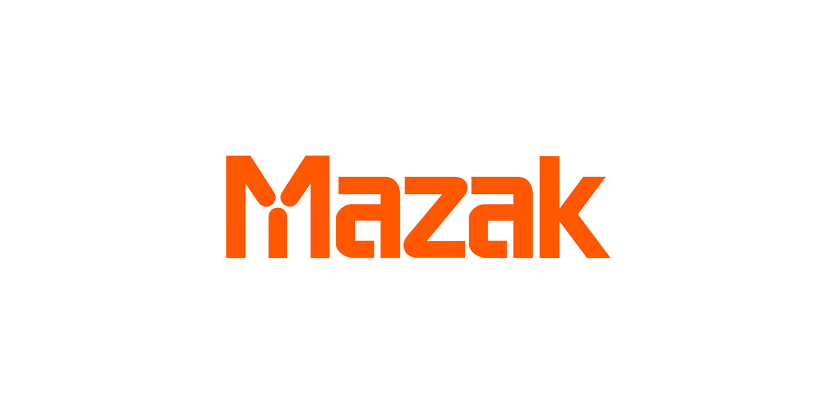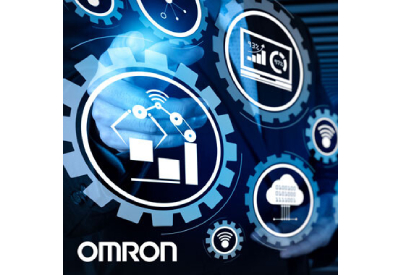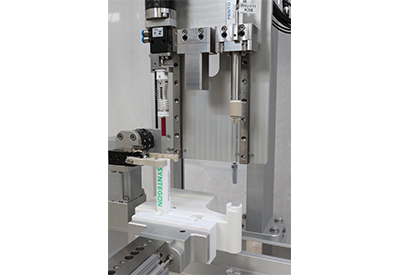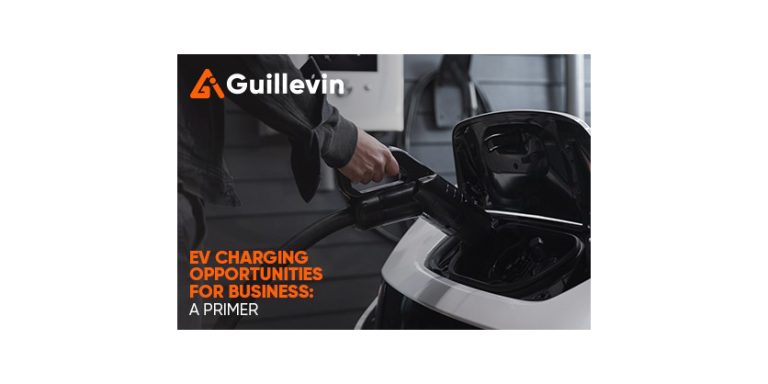G-Code and Conversational – MAZATROL Does it All
February 8, 2023

Industrial machining computer numerical control (CNC) programming language has evolved through many iterations since its inception in the 1950s. Standardized in the early 1960s by the Electronic Industries Alliance as RS-247-D and now known as EIA/ISO machine programming – or G-code – it has become the foundational and most widely used protocol for precision control of vertical and horizontal machining centers, lathes and additive 3D printers, detailing every movement and action necessary to produce parts ranging from the simple to the unfathomably complex.
It all starts with G
At the risk of oversimplification and with no desire to understate its capabilities, EIA/ISO programming is at its core a straightforward control language that follows a logical pattern. Machines are told what to do, when and how via a sequence of codes and data, and the sequence starts with the letter G, which directs a change in geometric coordinates. The G command can be followed by additional numeric commands dictating the nature or other detail of the move. For example, G00 commands a rapid move to a specific coordinate; G01 directs a linear feed move, while G02/03 indicates a clockwise/counterclockwise circular movement or circular interpolation.
The initial G designation would be followed by additional data, such as geometric location along a particular axis on a plane. A move to -130mm along the X axis would be written as X-130, and Y-5 would indicate -5mm along the Y axis. Additional instructions would then come in a variety of function letter codes. An S command would set spindle speed. Feed rate is set with an F code, while T codes dictate tool type. All machine functions are programmed with various commands. Pallet changes, coolant on/off, spindle rotations – every minute movement is directed and controlled by a code and a value. Once a cycle starts, the program will run until it is stopped or edited.
The G-code’s blessing and bane lies in its detail. Given the fact that every possible parameter and movement is given a command and value, there is no limit to what can be programmed and manufactured using EIA/ISO code. Five-axes machining of highly contoured surfaces, complex and critical parts such as jet engine components and other high-end manufacturing require intricate programming commands. Such complex programming, however, is so involved that in many cases an advanced Computer Aided Manufacturing (CAM) program is needed. A programmer imports part geometry into the program, selects tooling and defines cutting parameters, and the CAM software produces the necessary code. Even with CAM, a sufficiently complex part can take days to program; whereas a simple component will take less time to create.
While G-code may be advantageous (and with the aid of CAM) necessary in some cases, what about those applications and situations where such labor-intensive complexity is simply not necessary or required?
Conversational programming
To machine prismatic or 2.5D style workpieces – especially in job shops concentrating on high-mix application production – writing line after line of G-code for each and every application is neither necessary nor efficient. Instead of inputting function, values, data and coordinates for every action required, Conversational CNC generates the G-code necessary to machine a part by translating an operator’s answers to specific questions. Armed with part specifications, an operator answers conversationally displayed questions such as part material and other pertinent features on a control panel, and the appropriate program is generated, eliminating the tedious, potentially error-prone process of writing the code manually. In most cases, the process takes only minutes.
Additionally, Conversational programming with its menu-driven prompts does not require advanced programming knowledge and skills. Operators at virtually every level can enter the necessary information to set up a machine for production quickly. The Conversational format is also beneficial for jobs that require quick turnaround and cannot involve the added time required for CAM programming.
MAZATROL CNC – the best of all worlds
Mazak introduced MAZATROL in 1981 when fourth generation MAZATROL CNCs came with both G-code and conversational programming capabilities in the same control. MAZATROL G-codes are the same as those utilized in conventional EIA/ISO machine programming and include standard G-code support for virtually every code found on Fanuc-compatible machines to eliminate edits or code adaptations. If changes are required, the process involves only a few M and T codes. A Quick EIA feature allows users to access a graphic of the toolpath program on the controller screen and edit a line of code by simply touching to open it.
Other EIA-supported features include tool and part offset support, allowing control of virtually all variations of part offsetting – G54, G54.1 PX, G92, G54.2Px, and more — and accommodate a wide variety of tool offsets such as tool radius – G43, G41, G41.2 and more – along with 5-axis side offsetting and tool length. These and a host of other advanced G-code programming capabilities speed and simplify programming and ensure optimized cutting paths for shorter cycle times.
MAZATROL conversational programming is constantly evolving to incorporate new features to increase machine productivity. One of these features is the use of 3D ASSIST. The 3D ASSIST interface allows the programmer to import a PARASOLID or STEP solid model into the controller and apply cutting path on the 2D features of the model. This process is very similar to a CAM software. A new cutting process called intelligent pocket milling (IPM) has also been integrated into MAZATROL conversational software. IPM cutting utilizes a constant chip load to remove material from pockets of material in a very efficient manner. Similar cutting strategies are used in most CAM software.
MAZATROL’s conversational competency automatically calculates intersection coordinates, index positioning and optimized cutting and machining process to construct the program and allow the operator to graphically check and verify the tool path.
In short, MAZATROL gives manufacturers infinite part production capability, from full IEA/ISO programming to a user-friendly conversational format and everything in between. MAZATROL Smooth CNC provides solutions for all levels of productivity and part complexity from basic turning and milling for high-volume/low-mix production to advanced machining of intricate parts in cutting-edge manufacturing. To learn more about MAZATROL Conversational and G-code CNC programming, download our brochure here.




